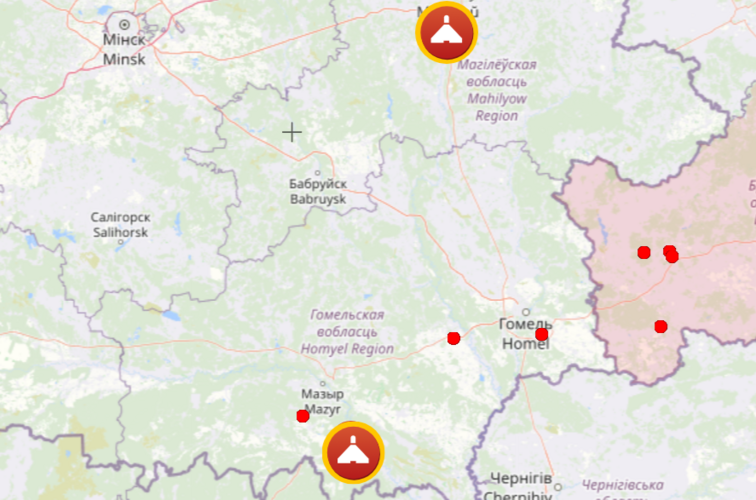CAR’s analysis reveals that each of these documented UAVs, as well as the precision-guided munition, is made almost exclusively of components produced by companies based in Asia, Europe, and the United States. CAR documented more than 500 components spanning some 200 unique models across the four UAVs (495 total) and the Qaem-5 (23).
More than 70 manufacturers based in 13 different countries and territories produced these components, with 82 percent of them manufactured by companies based in the United States. CAR is not in a position to identify the manufacturers of the documented components publicly until formal tracing operations have concluded, as per
CAR’s methodology .
Many of these components have been recently manufactured, including a large number that were produced in 2020 and 2021.
CAR reached the conclusion that the UAVs documented in Ukraine are of Iranian origin based on visual comparison of six different physical features (cabling, labelling, airframe structure, servo motors, part and serial numbering, and mechanical gyroscopes) of the Shahed-131, Shahed-136, and Mohajer-6 UAVs documented in November 2022 in Ukraine, with four other Iranian UAV models that CAR documented in the Middle East between 2017 and 2022: a Shahed-141 UAV, a Shahed-197 UAV, and Qasef-1 and Sammad-pattern UAVs. The similarities in components across these systems strongly suggest that these UAVs share a common manufacturing origin in Iran.






















